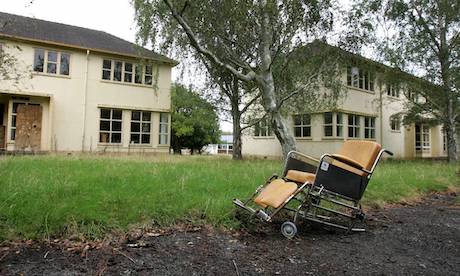A new documentary from Frank Films shines the light on the history of the way in which people with disabilities have been treated in New Zealand.
The filmmakers interview some of the people who spent much of their young lives in psychopaedic institutions in New Zealand.
These were situated at Templeton, Braemar, near Nelson, Kimberley, near Levin, and Mangere in Auckland.
In the documentary, Dr Hilary Stace, a Victoria University disability researcher, says it wasn’t uncommon in the early to mid-1900s for authorities to pressure parents into handing their wayward children over to the State where they would be “looked after”.
These actions were supported by government policy at the time and a burgeoning eugenics movement.
“Eugenics is the science of selective breeding, basically that took ideas from Darwin’s survival of the fittest and genetics and applied it to humans,” Stace says.
“There were regulations and laws passed over the decades from about 1911 where children, but also adults, were labelled with various types of impairments which led them to be seen as undesirables.”
The policy of breeding out “undesirables” led to the establishment of psychopaedic colonies in New Zealand. These were situated at the locations sited above.
When these centres eventually closed late last century, most residents moved into the community.
Until recently, the conventional view was that eugenics fell on stony ground in New Zealand.
However, a law authorising eugenic sterilisation was almost passed by the New Zealand Parliament 90 years ago.
The “eugenic sterilisation law had broad support among New Zealand politicians, medics, the judiciary, several women’s organisations and academics,” writes Dr Hamish Spencer in a 2018 book on the subject.
“This support would have been sufficient to gain parliamentary approval had the government pushed.”
Source
Additional readingNews category: New Zealand.




